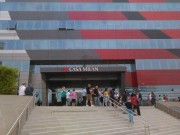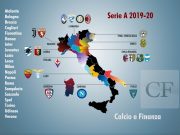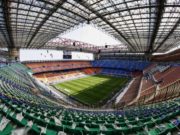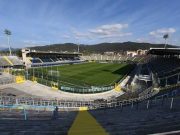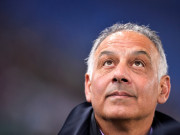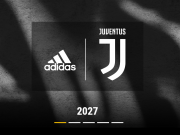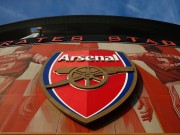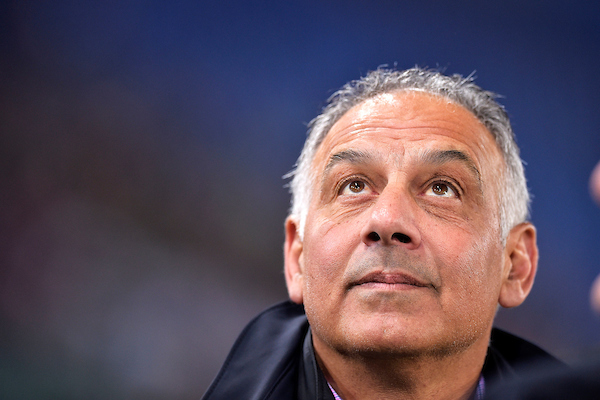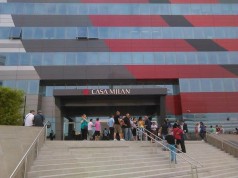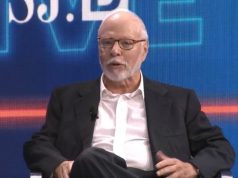At the start of March, Roma released their financial statement up to and including 31st December, 2016, in which it was revealed that the Giallorossi were in the red by €53.4 million. As a result, with Financial Fair Play sanctions hanging over their head like the sword of Damocles, the club will have to make another major sale this summer in order to make ends meet. How did the Giallorossi come to be in this position though? The club state it is primarily due to their participation in the Europa League in 2016/17 rather than the more lucrative Champions League, the cost of purchasing new players, smaller profits on selling players in the summer transfer window, and greater amortisation in their own players’ values.
The Champions League has certainly been a major factor. Roma dropped into the Europa League after capitulating in the second leg of their Play-off round tie against FC Porto, and consequently brought in €23.7 million revenue from European competitions compared to the €52.4 million at 31st December 2015 – a loss of €28.7 million. The importance of participating in the Champions League to Roma’s finances is clear: having qualified for Europe’s premier club competition again in 2014, operating income in the period to 31st December 2014 almost doubled compared to the same period in 2013, with TV rights increasing by 107% and matchday revenue by 178%. Without the Champions League this year, these have fallen by 22% and 41% respectively.
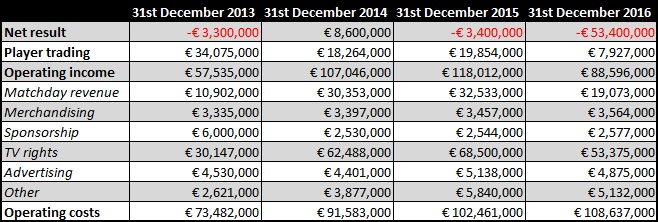
The effects could have been marginally offset had Roma progressed further in the Europa League, but their 4-2 first leg defeat against Lyon in the Round of 16 was too much for the Giallorossi to overturn. As a result, Roma will bring in just €750,000 in prize money for reaching the Round of 16: had they reached the final, they would have earned €6.5 million for winning the competition or €3.5 million for finishing as runners up, plus additional revenue from the market pool (which totals €9.6 million in the quarter finals, €6.4 million in the semi-finals and €3.2 million in the final).
There were no great changes in Roma’s operating costs compared to the same period the previous year, an increase of around €4.6 million spent on personnel contributing to a total rise in costs of just over €6 million overall. It’s clear, then, that the Giallorossi’s issues lie in failing to bring in sufficient revenue to cover expenses rather than because costs have spiralled. One revenue stream that hasn’t been exploited at all in recent years is sponsorship. The club’s main shirt sponsorship deal with Wind ended in 2013, and after four years without a shirt sponsor president James Pallotta recently said that “the strategy that was put in place at the beginning with the agency we hired was wrong, trying to connect the shirt sponsor to the stadium. I feel good about the shirt for the upcoming season, but frankly at the end of the day, we just screwed up.”
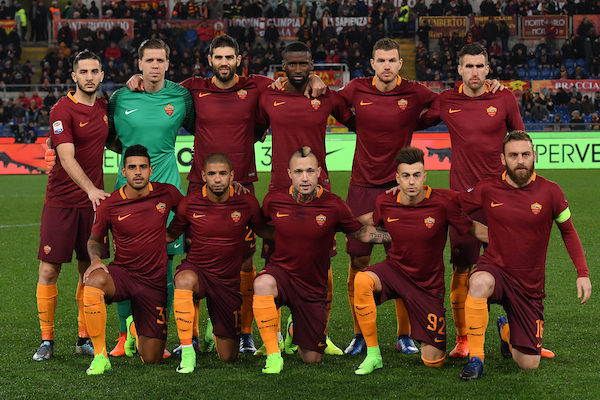
While the lack of a main sponsor has been a contributing factor to Roma’s current financial situation, it is missing out on Champions League football that has put them in dire straits. If Roma had beaten Porto to qualify for the group stage (earning a €12.7 million participation bonus) and then replicated their performance from the 2015/16 season (one win, three draws = €3 million) to earn qualification to the Round of 16 (€6 million), revenue from the competition would have totalled €21.7 million in prize money plus a share of the more lucrative Champions League market pool. This would have put the Giallorossi in a much stronger financial position going into the summer.
Last summer, Roma’s balance sheet included the €32 million sale of Miralem Pjanic to Juventus in order to balance the books and avoid any Financial Fair Play sanctions. The Giallorossi had been punished in 2015 for breaking Financial Fair Play regulations and have been walking a financial tightrope ever since, having agreed to report a maximum break-even deficit of €30 million for the financial years 2015 and 2016 and to reach full break-even compliance by monitoring period 2017/18. With a loss of €53.4 million at 31st December, Roma will once again have to sell one of their star players in order to fill the gaping void in their finances.

Both Kostas Manolas and his agent have recently said that the decision of whether or not he will be sold is in Roma’s hands, and the pressure is very much on the Giallorossi hierarchy to take some sort of decision. The Greek is under contract until 2019 but earns a basic wage of just €1.7 million a season (much less than what he could earn in the Premier League), and if the club intend to keep him then an improved offer must be made to tempt him to stay. The other option is to sell him at the end of the season. Roma have driven hard bargains for their players before (notably Erik Lamela and Alessio Romagnoli), and should they remain steadfast in their €40 million valuation of Manolas then this fee would go a long way to bringing their balance sheet back towards the black.
Looking further ahead, Roma will find their budget squeezed even tighter when construction finally begins on the new stadium. The Stadio della Roma “will impact our financial position so significantly, so dramatically and it will make a huge difference”, James Pallotta said in a recent interview with Sport360, but there is still a long way to go before the Giallorossi can profit from on this new revenue stream. In the meantime, the club are developing a policy of increasing reliance on youth players to help balance the books. “We’ve sent young players away on loan and other teams are reaping the benefits, but this will change in future,” Pallotta underlined. “I don’t want to stupidly throw away €100 million on big name players. When we build the stadium, things will change.” Edin Dzeko is equally aware of Roma’s spending limitations, admitting that “it’s difficult to compete with Juventus – they’ve spent €150 million on nine players, unfortunately we haven’t.”

This policy of relying more heavily on youth could appear to be a change in strategy, but having seen such a drastic loss in their last financial statement the Giallorossi may be hedging their bets ahead of the 2018/19 season when the top four clubs in Serie A will be guaranteed places in the Champions League group stage. This new format, which ensures additional Italian representation, may also lead to an increase in TV revenue – bids for the 2018-21 TV rights will be made by broadcasters including Mediaset Premium in the spring. Consequently, Roma can afford to spend more conservatively this summer (though sales and other operational income will still be required to balance their 2016/17 accounts) as long as they finish in the top 4 next year.
That said, Roma must still rely – as they have done for the past few seasons – primarily on Champions League revenue. They are currently well placed to finish in 2nd for crucial automatic qualification to the group stage, but should Napoli leapfrog them before the end of the season then this could have major repercussions in the summer as their participation wouldn’t be confirmed until 23rd August – a week before the end of the transfer window – when the Play-off round is completed. With loan options to take up, contracts to extend (Luciano Spalletti, Daniele De Rossi) or improve (Nainggolan, Strootman, and others) and the usual summer player trading, all the while keeping the budget within Financial Fair Play parameters, it is fundamental to Roma’s future that they achieve Champions League qualification once again.



